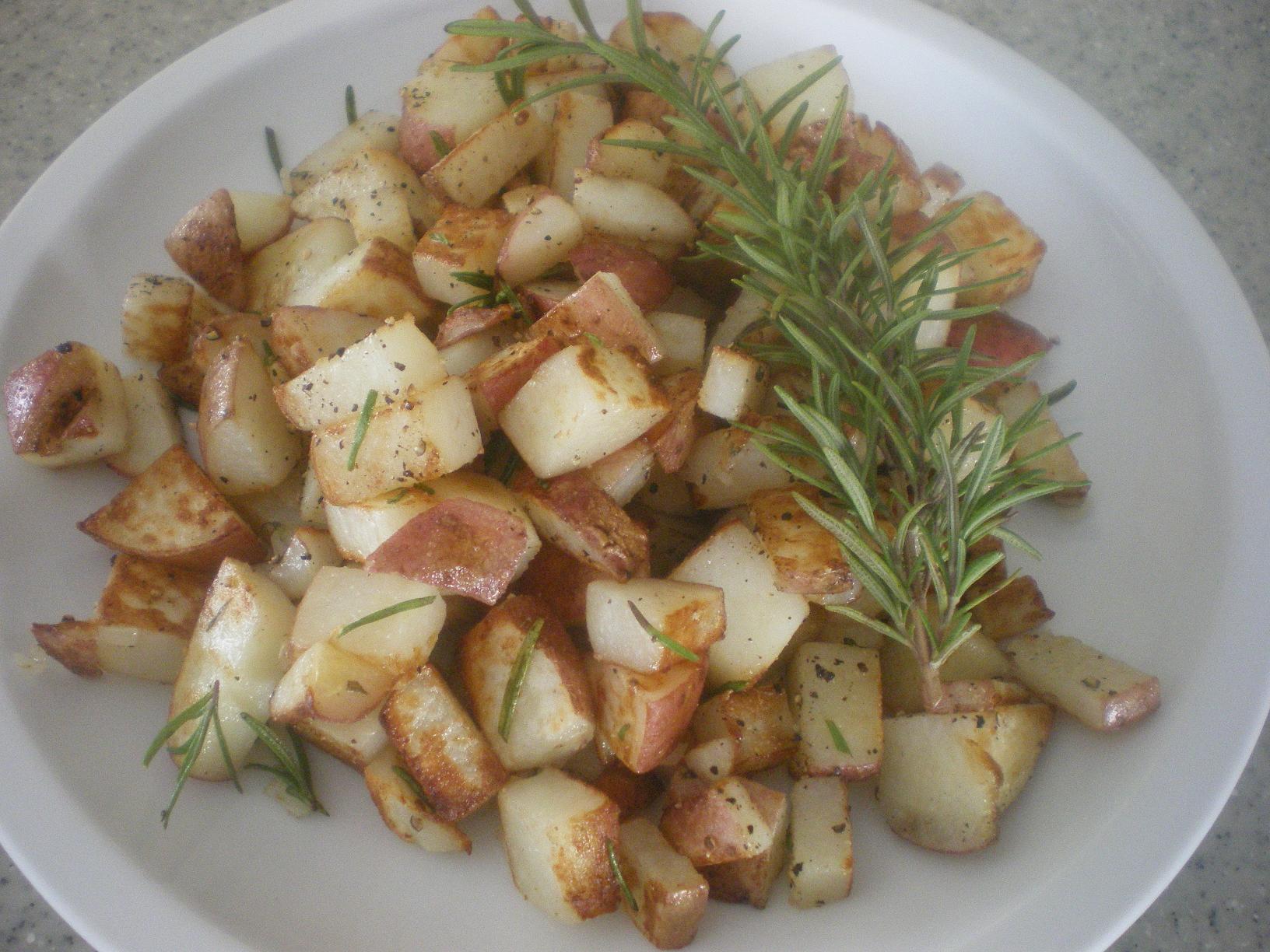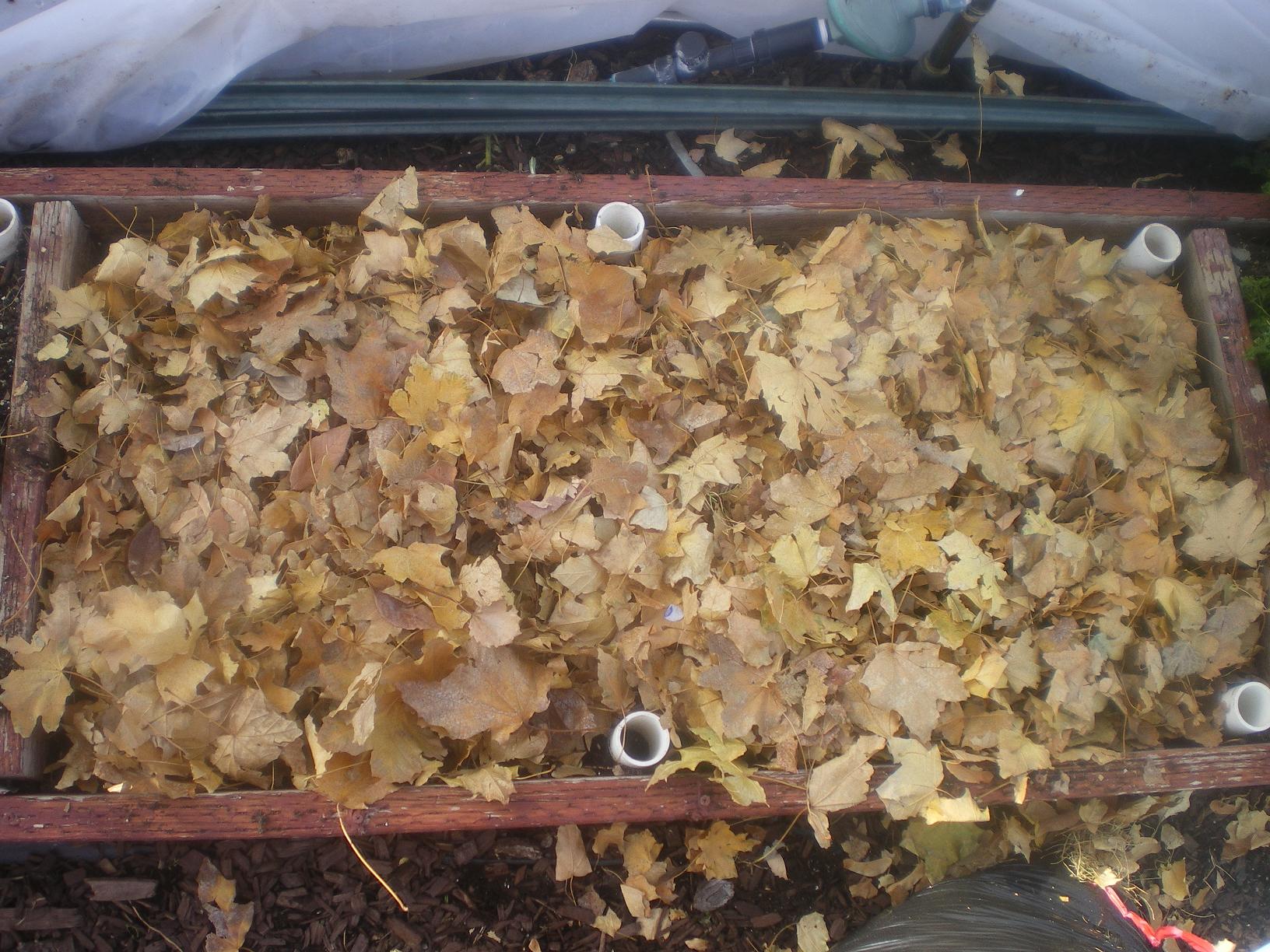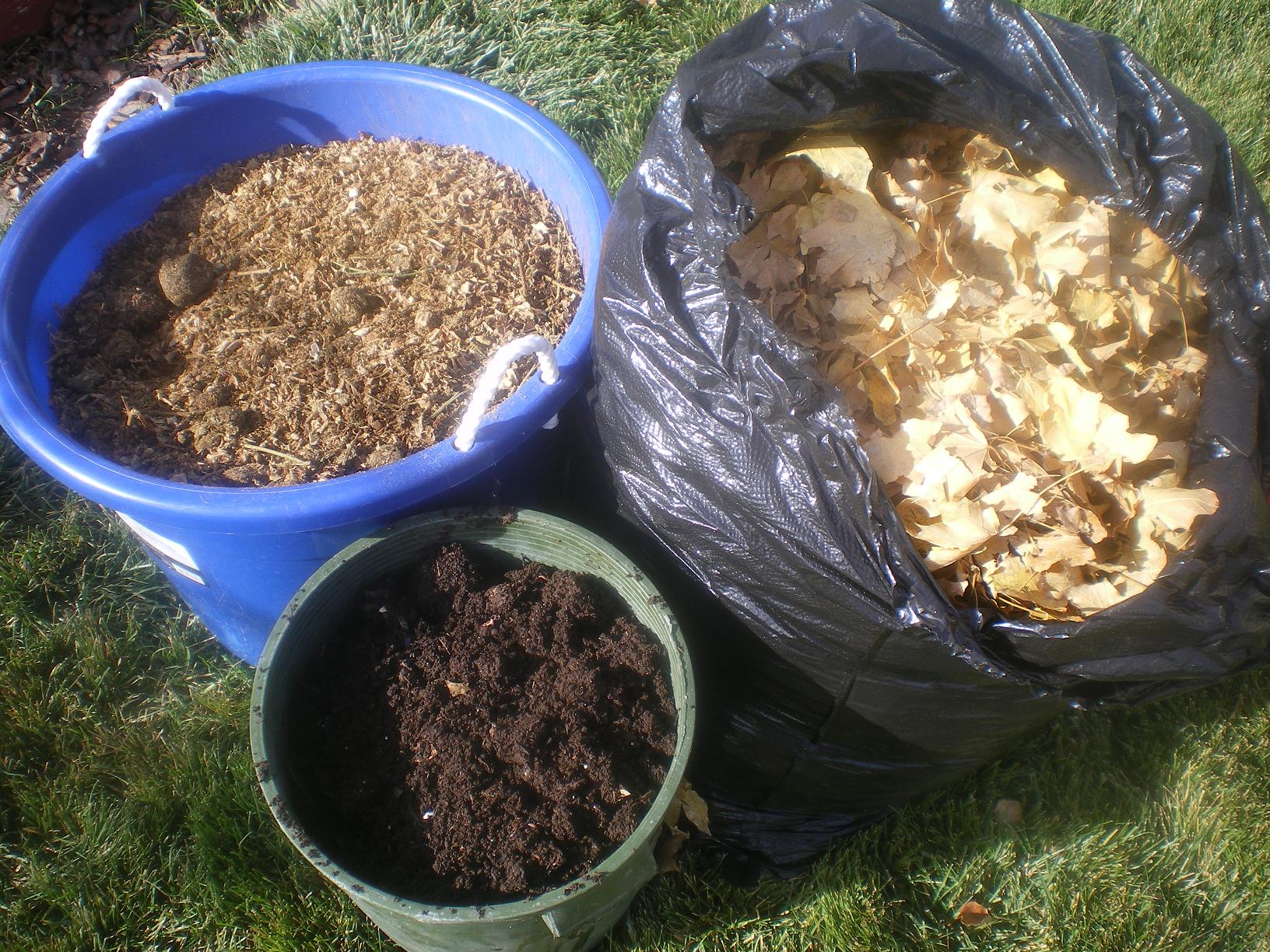 With a couple of snow storms under our belt and some colder weather there’s really not a lot for me to do. I’ve ordered some brand new seeds from Burpee’ which look like a lot of fun. I’ve also had my eye on some great new things coming from Johnny’s seeds. In particular this new salad mix called “Salanova.” If anyone has had experience with the taste of it please get back to me. It’s some sort of European mix so we might not have a lot of experience with it here in the States. I’ve got 5 people that I grow for in my 148 square foot garden and I’m looking for some really great new things. This might be one of them. A few weeks ago I raked up all my leaves and ended up with about 30 bags. I’ve got a couple of new things I’m experimenting with back in the garden which I’ll talk about later-I just need some time to see how or if it will work. I’ve also got a new growing pattern that you might find interesting-a way to get even more out of 1 square foot. I’m documenting everything and taking lots of pictures to show what it all looks like and will post as soon as I get some results. It shouldn’t be too much longer. But what am I going to be doing with 30 bags of leaves? I’ll use about 3 or 4 of them for my spring/summer/fall needs. The rest? You might not believe this but I have folks who are going to pay me for all those bagged leaves! They want to make compost beginning next spring, and all the local leaves are now long gone to the city dump. I don’t know if I should sell them as just bagged leaves or make compost out of them myself and then sell it? Either way, did you ever think that someone would pay for a bag of leaves? It was a new one for me. But it is one of the greatest things you can add to your compost. I ran some stats on my website the past week and discovered that the 3rd most frequent visitors are from the land “down under”-Australia! I know you’re just starting your summer season down there and I hope you all have great success with your square foot gardens. And if your not a square foot gardener I hope you’ll give it some thought. It’s the best way to garden! Maybe there’s a thing or two here that will give you some additional ideas.
With a couple of snow storms under our belt and some colder weather there’s really not a lot for me to do. I’ve ordered some brand new seeds from Burpee’ which look like a lot of fun. I’ve also had my eye on some great new things coming from Johnny’s seeds. In particular this new salad mix called “Salanova.” If anyone has had experience with the taste of it please get back to me. It’s some sort of European mix so we might not have a lot of experience with it here in the States. I’ve got 5 people that I grow for in my 148 square foot garden and I’m looking for some really great new things. This might be one of them. A few weeks ago I raked up all my leaves and ended up with about 30 bags. I’ve got a couple of new things I’m experimenting with back in the garden which I’ll talk about later-I just need some time to see how or if it will work. I’ve also got a new growing pattern that you might find interesting-a way to get even more out of 1 square foot. I’m documenting everything and taking lots of pictures to show what it all looks like and will post as soon as I get some results. It shouldn’t be too much longer. But what am I going to be doing with 30 bags of leaves? I’ll use about 3 or 4 of them for my spring/summer/fall needs. The rest? You might not believe this but I have folks who are going to pay me for all those bagged leaves! They want to make compost beginning next spring, and all the local leaves are now long gone to the city dump. I don’t know if I should sell them as just bagged leaves or make compost out of them myself and then sell it? Either way, did you ever think that someone would pay for a bag of leaves? It was a new one for me. But it is one of the greatest things you can add to your compost. I ran some stats on my website the past week and discovered that the 3rd most frequent visitors are from the land “down under”-Australia! I know you’re just starting your summer season down there and I hope you all have great success with your square foot gardens. And if your not a square foot gardener I hope you’ll give it some thought. It’s the best way to garden! Maybe there’s a thing or two here that will give you some additional ideas.
[ois skin=”below post”]





